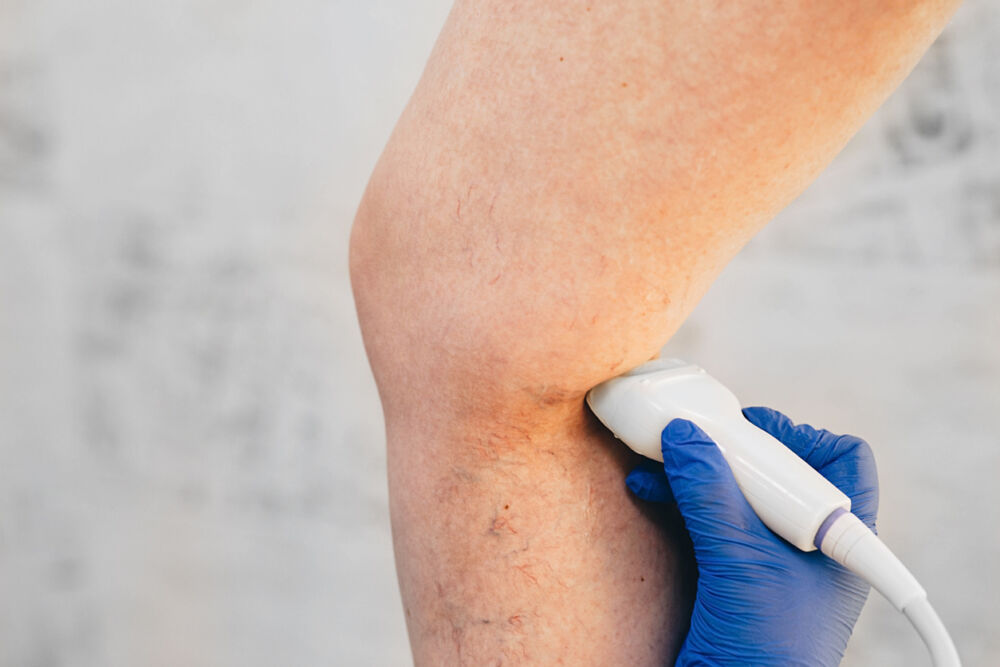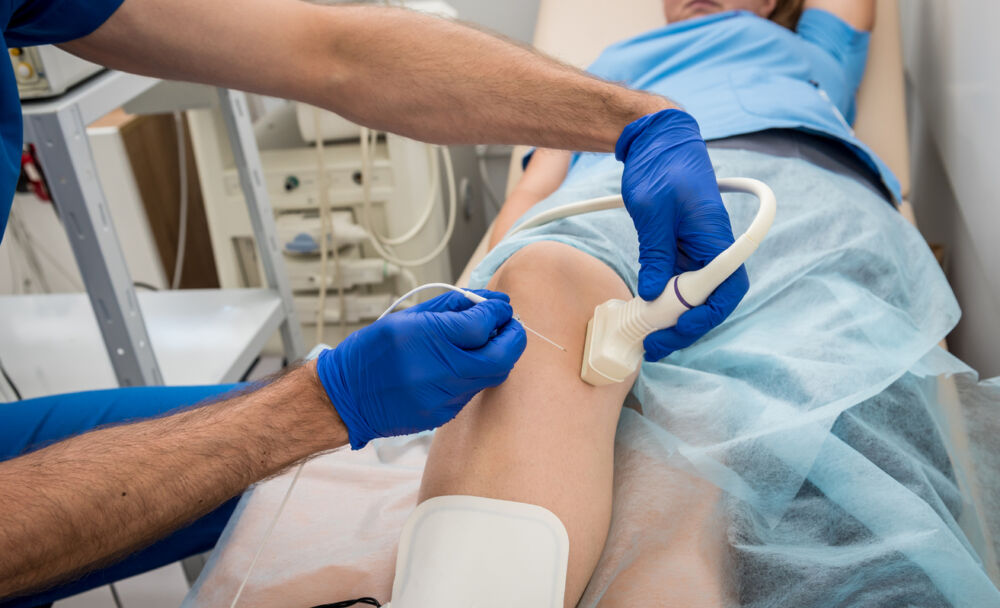Are you considering surgery for your varicose veins? Here’s a rundown of the procedures that can help.
The thought of undergoing any type of surgical procedure for varicose veins can be a bit scary and overwhelming. Yet if you’ve already tried at-home methods to alleviate the pain, swelling, and cramping of varicose veins with little relief, you may well want to consider a minimally invasive in-office surgical procedure.
Fortunately, advancements in the treatment of varicose veins have yielded several minimally invasive techniques to eliminate varicose veins. These procedures have proven to be just as effective as more invasive surgeries in successfully treating varicose veins. Even better, insurance companies will cover your vein treatments. A vein specialist can recommend which procedure is right for you. But whichever procedure you choose, you can be assured of a good outcome.
Minimally Invasive Procedures
At-home treatments like leg elevation, exercise, and compression stockings provide only temporary relief from varicose vein symptoms. However, these therapies do not address the underlying cause of varicose veins — malfunctioning valves in the leg veins that can no longer pump blood back to the heart. When blood pools, twisted, enlarged veins appear on the legs and feet, a minimally invasive procedure may be the best treatment option.
Today, minimally invasive procedures are the standard for varicose vein treatments. The goal of these treatments is not only to erase the unsightly appearance of varicose veins but allow you to live without their painful symptoms, as well. All are done in an office, with little to no anesthesia, and you can return to your normal activities within hours. Your vein specialist can tell you more about each, but here's a brief overview of the most common ones, including what to expect and the pros and cons of each.
Endovenous Laser Ablation
In this procedure, a tube inserted into the vein emits heat from a laser that collapses the vein. Blood is then routed to healthier veins as the damaged vein closes. Endovenous laser ablation works best for larger or recurrent varicose veins. Local anesthesia is used. Some people may experience minimal bruising, which quickly fades.
Radiofrequency Ablation
Based on the same principle as laser ablation, radiofrequency ablation uses heat from radiofrequency waves to shut the damaged vein. Again, only local anesthesia is required. Any residual skin discoloration or tenderness should disappear within weeks.
Foam Sclerotherapy
Recommended for larger varicose veins or those deeper under the skin, foam sclerotherapy works by injecting foam medication into the vein. The foam pushes out the trapped blood in the vein while closing the treated vein. Possible drawbacks include ulcerations and other adverse reactions. You may also need multiple sessions to eliminate damaged veins.
ClariVein
Also known as mechanochemical ablation, ClariVein combines both a wire and a chemical sclerosant. As the wire moves through the vein, it enables the sclerosant to cover more surface of the vein. Working together, the wire and the chemical closes off the vein. Recommended for superficial veins and any vein below the knee, ClariVein works best for veins that are straight and not twisted. This procedure is not recommended for recurrent varicose veins.
VenaSeal
A newer innovation, VenaSeal seals off the clogged vein with an adhesive and is generally recommended for smaller superficial or recurrent veins. However, some people may have an adverse reaction to the adhesive.
Microphlebectomy
Large, bulging veins benefit from microphlebectomy. After small incisions are made near the vein, the surgeon removes the damaged vein with a hook-like instrument. Because the incisions are tiny (1 to 2 millimeters), stitches are not needed. Side effects after the treatment may include bruising, a hematoma, or irritation from bits of the treated vein not removed. Although rare, nerve damage may result from this procedure, which could cause numbness. Microphlebectomy is frequently performed with ablation.
Surgical Ligation & Vein Stripping
Once the standard for varicose vein treatment, surgical ligation, and vein stripping has been replaced by the minimally invasive procedures detailed above. Yet for veins larger than 1.5 centimeters, or veins at risk of hemorrhaging or recurrent ulceration, surgery may be the best option. It will require general anesthesia and a hospital stay. The main benefit of this type of surgery is its low rate of recurrence. However, there is a slightly greater chance of post-op complications and pain.
Is it Time to Treat Your Varicose Veins?
Choosing your varicose vein treatment is an important decision. But delaying treatment increases the risk of complications, such as venous ulcers, infections, bleeding, and blood clots. Learn more about these safe, effective therapies that have freed thousands of people from the discomfort of varicose veins. Contact a physician at Center for Vein Restoration today.

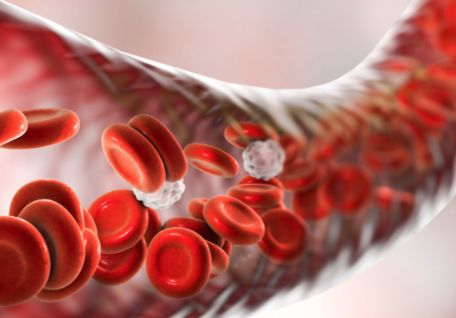 About Vein Disease
About Vein Disease
 Spider Veins
Spider Veins
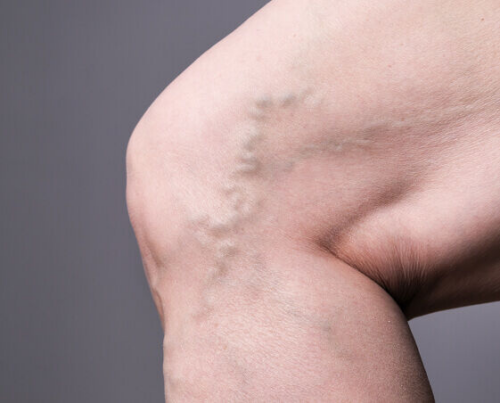 Varicose Veins
Varicose Veins
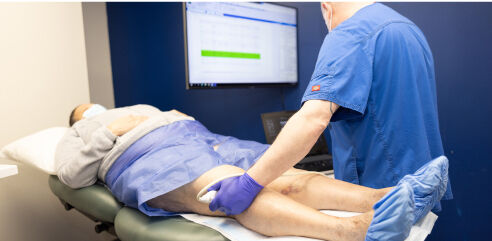 Vein Disease Treatments
Vein Disease Treatments
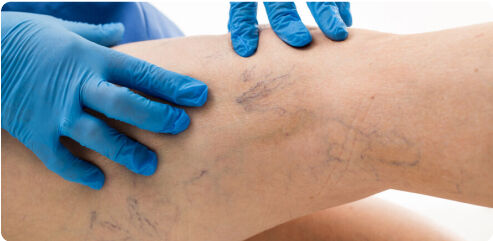 Treating Spider Veins
Treating Spider Veins
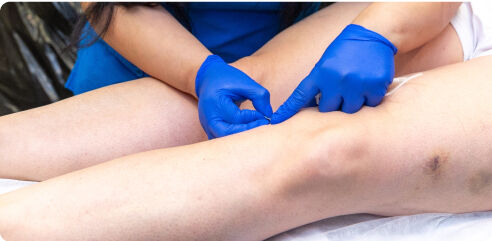 Treating Varicose Veins
Treating Varicose Veins
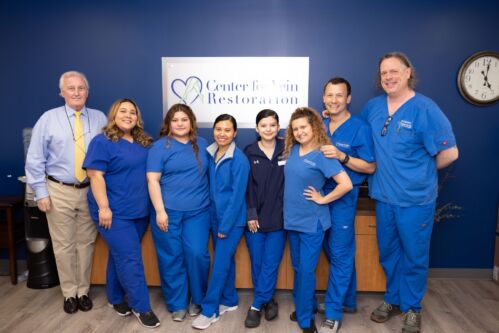 About Us
About Us
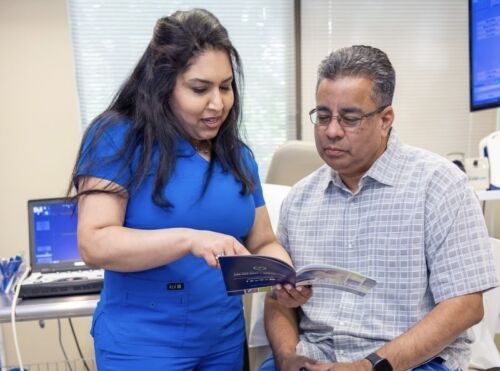 Patient Resources
Patient Resources
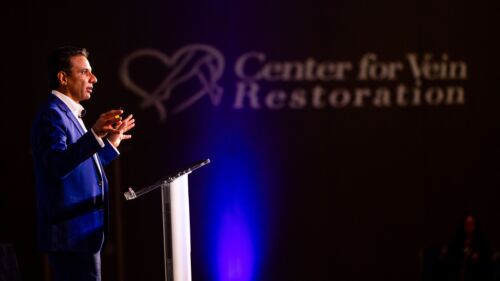 Physician Resources
Physician Resources

